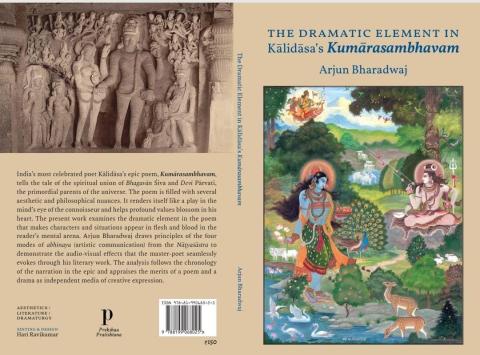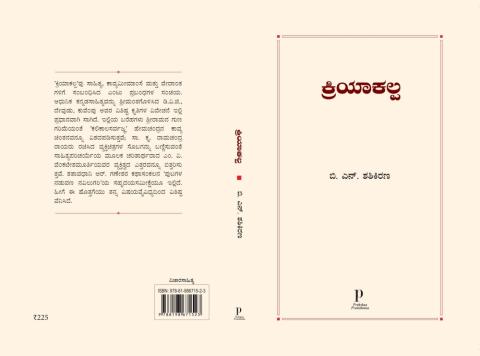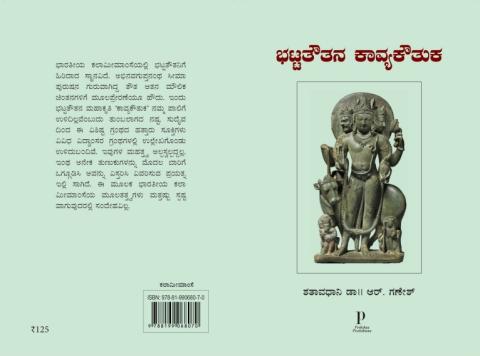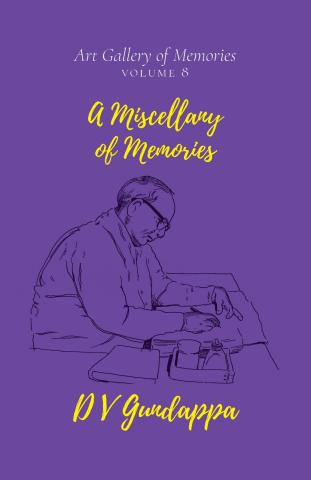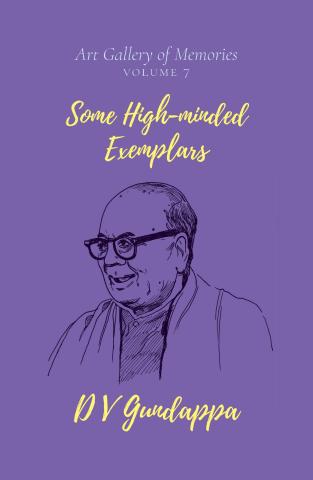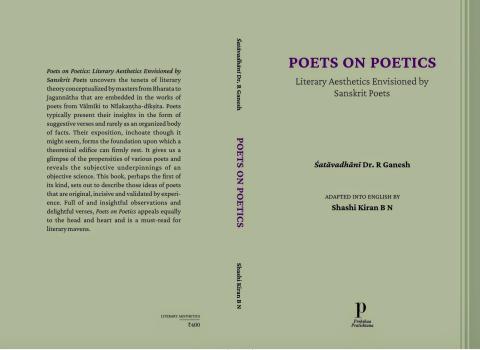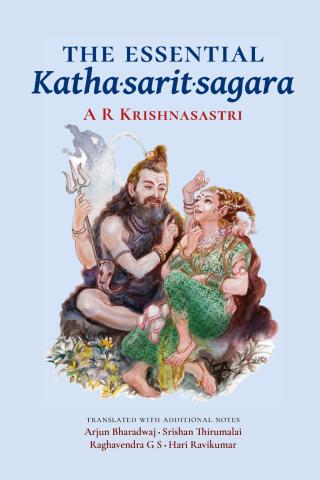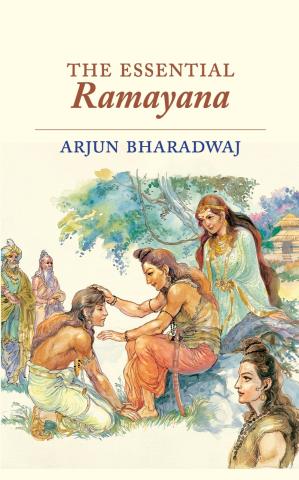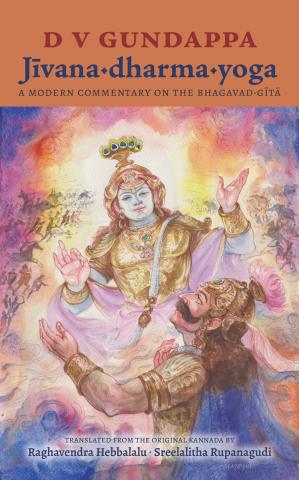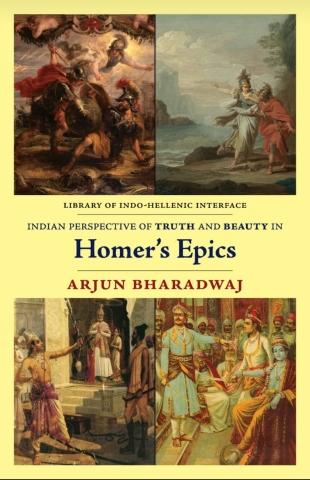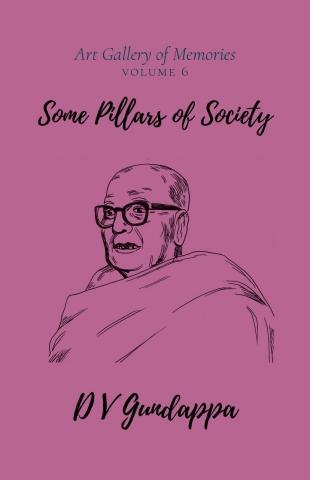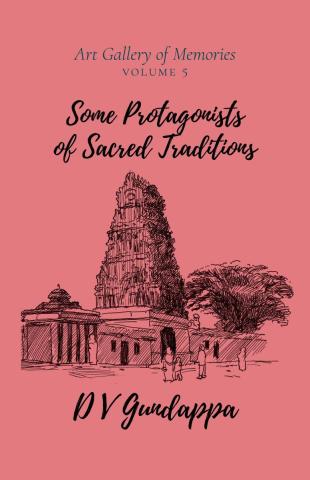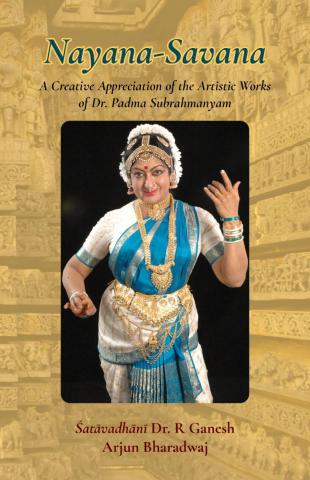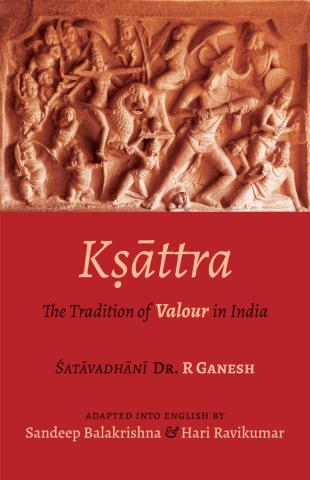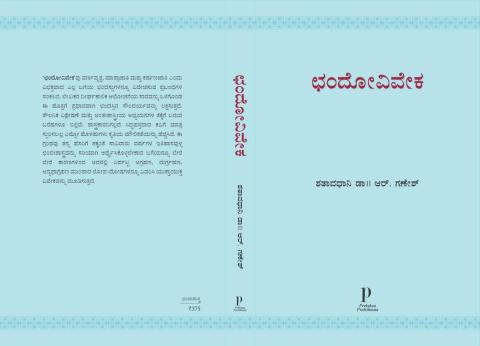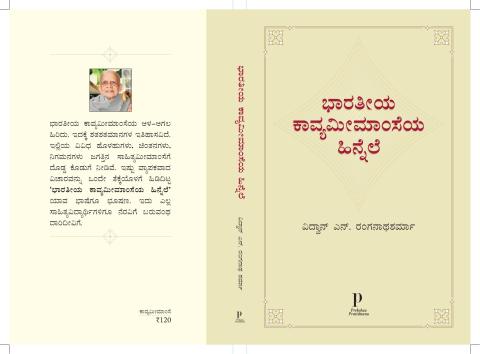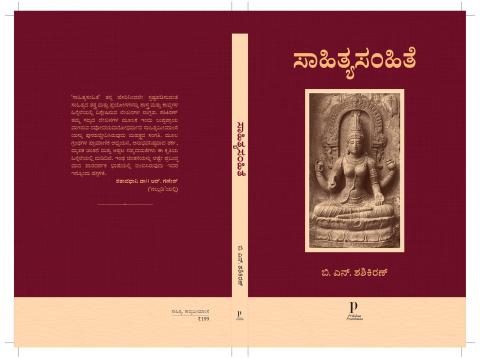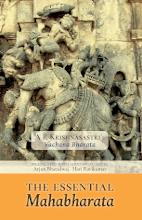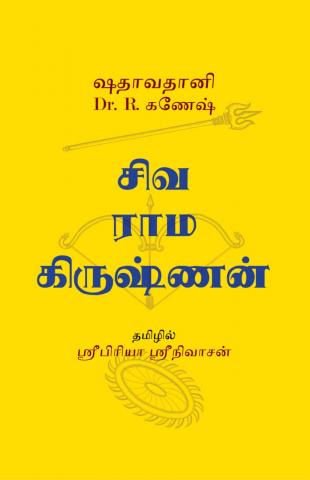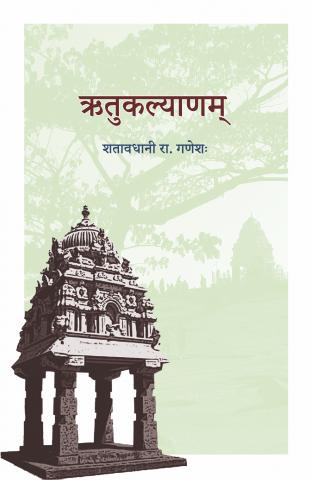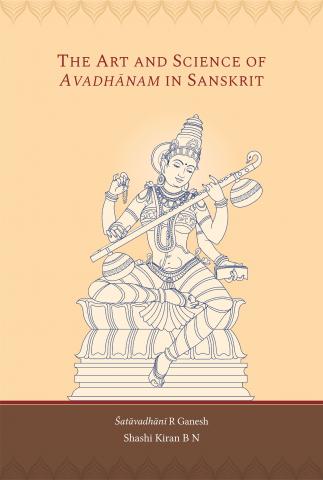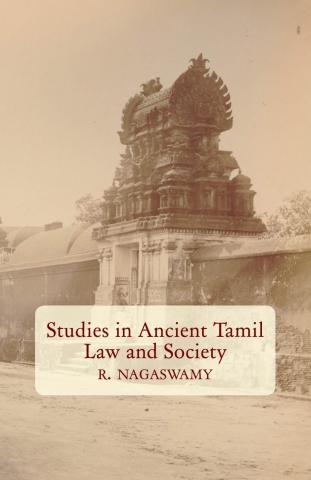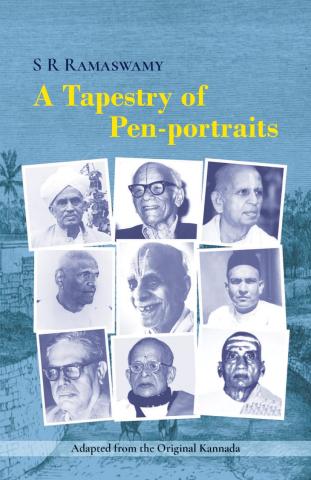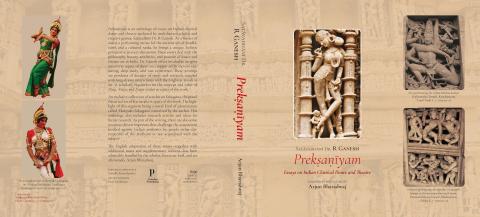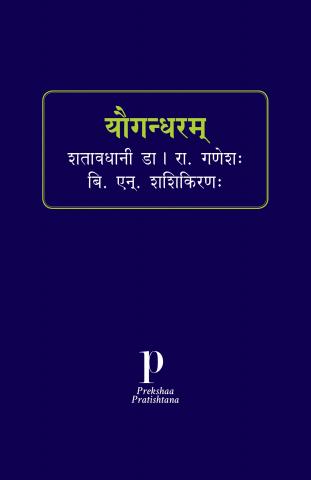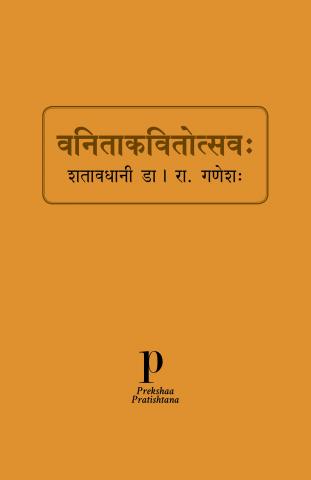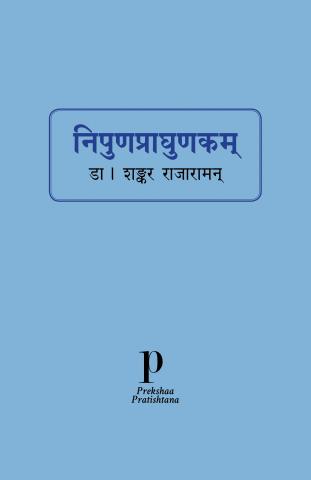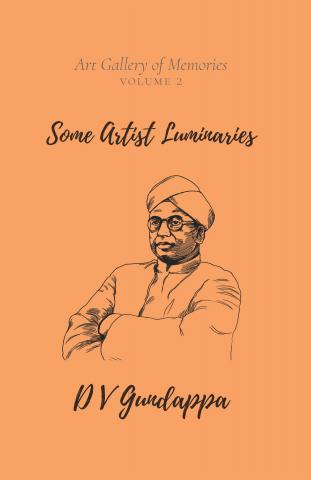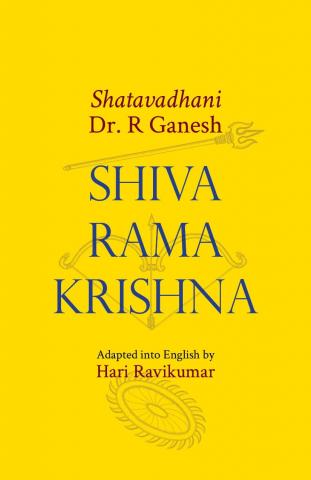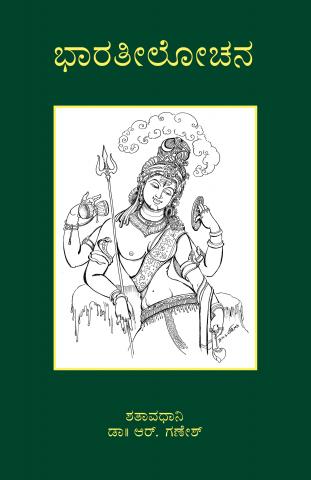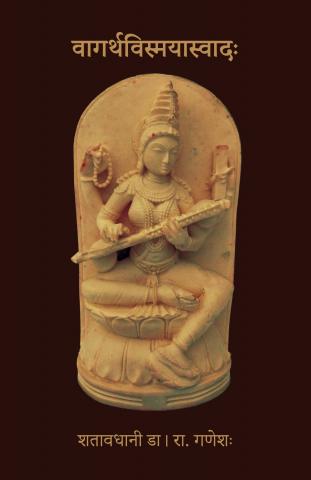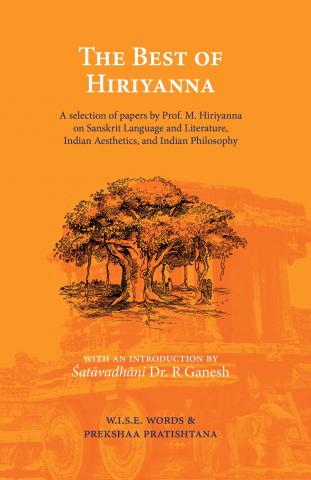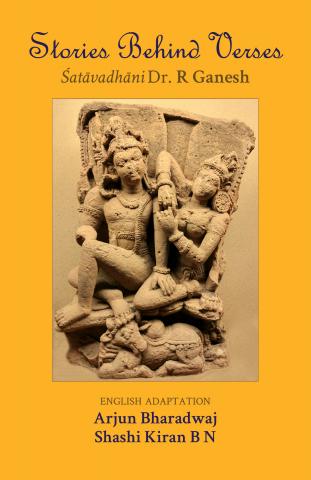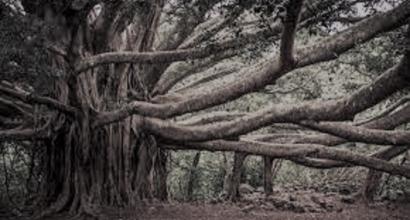Preface
(Maṅgalam)
सामोपायनयप्रपञ्चपटवः प्रायेण ये भीरवः
शूराणां व्यवसाय एव हि परं संसिद्धये कारणम्।
विस्फूर्जद्विकटाटवीगजघटापीठैकसञ्चूर्णन-
व्यापारैकरसस्य सन्ति विजये सिंहस्य के मन्त्रिणः ॥
~ Subhāṣitaratnabhāṇḍāgāra, 2nd Prakaraṇa, Vīra-praśaṁsā
The Kṣāttra spirit or the spirit of valour — that fiery, resolute force of righteous power — is not merely a part of Sanātana-dharma; it is its pulse, breath, and blade of sacred resistance. It flows from the hymns of the Vedas, marches through the Itihāsas, and roars in the hearts of warriors, ṛṣis, and yajñas alike. This eternal warrior essence forms the core of this work.
Inspired deeply by Śatāvadhāni Dr. R. Ganesh and his monumental work Kṣāttra: The Tradition of Valour in India, which masterfully traces the lineage of this valourous spirit from Vaidika times to the first war of independence of 1857, this work stands as a modest pariśiṣṭa[1] — a ritualistic appendix, a whisper in the shadow of a great thunder. Unlike the broader sweep of historical valour, my focus lies in the esoteric: the rites — sacred, secretive, and sometimes fierce — that fuel the kṣāttra-dharma from within.
I do not claim scholarly mastery. I approach this subject not as a professor behind a podium but as a seeker kneeling at the altar of the sacred fire, driven by passion and reverence. I am a student of Mīmāṁsā and a lover of the sacred sciences, and it is the abhicāra rites — those mysterious, often misunderstood ceremonies — that have captivated me the most. Their symbology, their silence, their fire — all speak of a deeper spiritual warfare, one that mirrors the outer battles of dharma.
It was during a conversation with Śatāvadhāni Dr. R. Ganesh, whom I honour as my guiding light in this world of darkness, that the seed for this work was planted. When we discussed the abhicāra traditions found scattered in both the Vedas and Āgamas, he encouraged me to trace the trail of Kṣāttra rites buried in the scriptural soil. That blessing, that śabda-bhāvanā[2], became the sacred fire to this yajña of words.
I owe gratitude to my dear friend Hritik Kumar for his assistance with the Āgamic references. His insights served as essential samidhs[3] in this yajña of writing.
I also owe gratitude to another friend, Chandraneil, who helped me in forming the introduction and the tattva behind abhicāras.
This is not just an article; it is an oblation. May it serve any Hindu, any seeker, any Kṣattriya of spirit who dares to walk the razor’s edge of Sanātana-dharma.
Introduction
The eternal Vedas and Āgamas are replete with yāgas, homas, and iṣṭis aimed at attaining desired results. For instance, the Citrā-iṣṭi is performed for the acquisition of cattle[4], while the Śānti-homa is conducted to dispel inauspicious influences[5]. In the same spirit, these sacred texts also prescribe rituals for the destruction of enemies and protection from hostile forces.
Such rites, specifically aimed at overcoming or eliminating adversaries, are known as abhicāra. These rites have been an integral part of the Indian ritual landscape since the Vaidika period. The Ṛgveda, the oldest scripture, features the Manyu-sūkta[6], invoked in the Ajira-yāga. The Yajurveda includes Paurṇamāsa, Sōmārudrā, Jaya, Abhyātāna, Rāṣṭrabhṛt, and other abhicāra rituals. The Sāmaveda also describes several such rites, including Śyēna, Gava, and Sandaṃśa. The Atharvaveda, in particular, offers an extensive collection of abhicāra hymns and invocations dedicated to these potent practices.
The Purāṇas sanction the use of abhicāra against an ātatāyin[7] — a term which, in contemporary terms, maybe likened to a terrorist. Manu proclaims that an ātatāyin must be eliminated without hesitation, regardless of age, varṇa, or societal status[8]. Thus, abhicāra rites hold vital significance in the domain of adhiyajña, functioning as ritual tools to uphold dharma and protect society from evil.
Historically, such rites have been invoked in resistance, whether against certain Buddhist rulers[9] in ancient contexts or barbaric Islamic invaders during medieval times. These rituals not only embolden warriors before battle, instilling a sense of divine backing, but also foster a unified spirit among the populace. The abhicāra rites mentioned in the Āgamas can also be performed by the common citizen to aid his country and army. This also creates a sense of oneness among the people, encouraging the kṣāttra spirit. For the common citizen who may not be able to take up arms, participation in these rituals provides a sense of involvement and fulfilment in the larger battle for dharma.
In our present era, when the nation finds itself surrounded by threats on all sides, the revival of these rites and the promotion of the kṣāttra spirit have become more relevant than ever. This work aspires to reintroduce and illuminate these sacred rituals, offering a ritualistic lens through which the kṣāttra spirit may once again be kindled.
नमः॒ शूरा॑य चावभिन्द॒ते च
(Taittirīya-samhitā 4.5.6.14)
Types of Rituals
It is essential to understand the various rituals mentioned in the scriptures before delving into the abhicāra rites. There are specific yāgas, homas, and iṣṭis dedicated to abhicāra; hence, understanding these terms is essential. The rituals mentioned in the scriptures can be divided into three: (1) yajña/yāga, (2) homa and (3) iṣṭi.
Yajña or yāga is an activity in which dravya is offered unconditionally to the Devas[10]. A more ritualistic definition pertains to the rituals where ‘Vauṣaṭ’ is recited[11]. Homa is a term used for rituals where the oblation is cast in a specified place[12] or are offered with the recitation of ‘Svāhā’[13]. Iṣṭi is a ritual ordained by the Vedas containing the word ‘Nirvapet’[14]. Some ritualists define it as a small-scale yāga which involves the use of herbs and medicinal substances. The above definitions have been based on primary texts like Jaiminīya-nyāya-mālā of Vidyāraṇya-svāmī and the commentary of Śabara on the Mīmāṁsā-sūtras, especially the second chapter of Mīmāṁsā that deals in detail with the differences of these rituals.
The main reason for explaining these terms is that throughout the present work, these terms will be retained without translation. Anyone who has studied the Hindu rituals simply cannot agree with the translation of yāga as ‘sacrifice’ because it fails do justice to its meaning. In the above definition of yāga, both the mānasika-yāga and bahiryāga can be encompassed, but the same cannot be said of the term ‘sacrifice.’ Similarly, the translation of hōma as ‘burnt offering’ is wrong, as it cannot integrate pada-hōma performed in the Soma-krayaṇa. Therefore, throughout the article, these terms will be retained as is. They have been defined in the beginning for the convenience of the readers.
Rituals can be boradly divided into two – (1) prakṛti, i.e., the archetypal and (2) vikṛtri, i.e., the modified. Most of the abhicāras in the Vedas come under the latter.
[1] Supplement or appendix
[2] Motivation or encouragement, see Mīmāṁsānyāyaprakāśa
[3] Sticks used in sacred rituals
[4] चि॒त्रया॑ यजेत प॒शुका॑मः (Taittirīya-samhitā 2.4.6.1)
[5] अथ दोषनिवृत्यर्थं शान्तिहोमो विधीयते । (Kāmikāgama, Uttarārdha, 29th Adhyāya)
[6] Ṛgvēda-samhitā 10.83-84
[7] आततायिनमुद्दिश्य कर्तव्यम् (Liṅga-purāṇa, Uttarārdha, 50th Adhyāya)
[8] गुरुं वा बालवृद्धौ वा ब्राह्मणं वा बहुश्रुतम् । आततायिनमायान्तं हन्यादेवाविचारयन् ॥ (Manu 8.350)
[9] Arpakkam Inscription of the Fifth Year of Rajadhiraja II, Central Shrine in Tiruvalisvaram Temple
[10] देवतोद्देशेन द्रव्यत्यागो यागः or उद्दिश्य देवतां द्रवत्यागो यागोऽभिधीयते (This Mīmāṁsā term on Kātyāyana-Śrautasūtra 1.2.2 and Śābarabhāṣya 2.1.14)
[11] वषडन्ताः यागाः । (Artha-saṅgrahaḥ, Lecture 9 by Dr KS Maheswaran)
[12] त्यक्त्तस्य द्रव्यस्य विहितदेशे प्रक्षेपः होमः । (Arthas-aṅgrahaḥ, Lecture 8, 38:06 by Dr KS Maheswaran) or त्यक्तस्य हविषो विहितदेशे आहवनीयादौ यः प्रक्षेपः स होम इत्युच्यते । (This Mīmāṁsā term is based on Mimāṁsā-sūtra 4.2.28)
[13] स्वाहान्ताः होमाः । (See Mīmāṁsā-koṣaḥ, Volume 7, p. 4533)
[14] निर्वपति चोदना चोदितत्वम् । (A technical term used by Mīmāṁsakas based on the observation of the utpatti-vākyas of the iṣṭis, See Mīmāṁsā-koṣa Volume 2)
To be continued.



